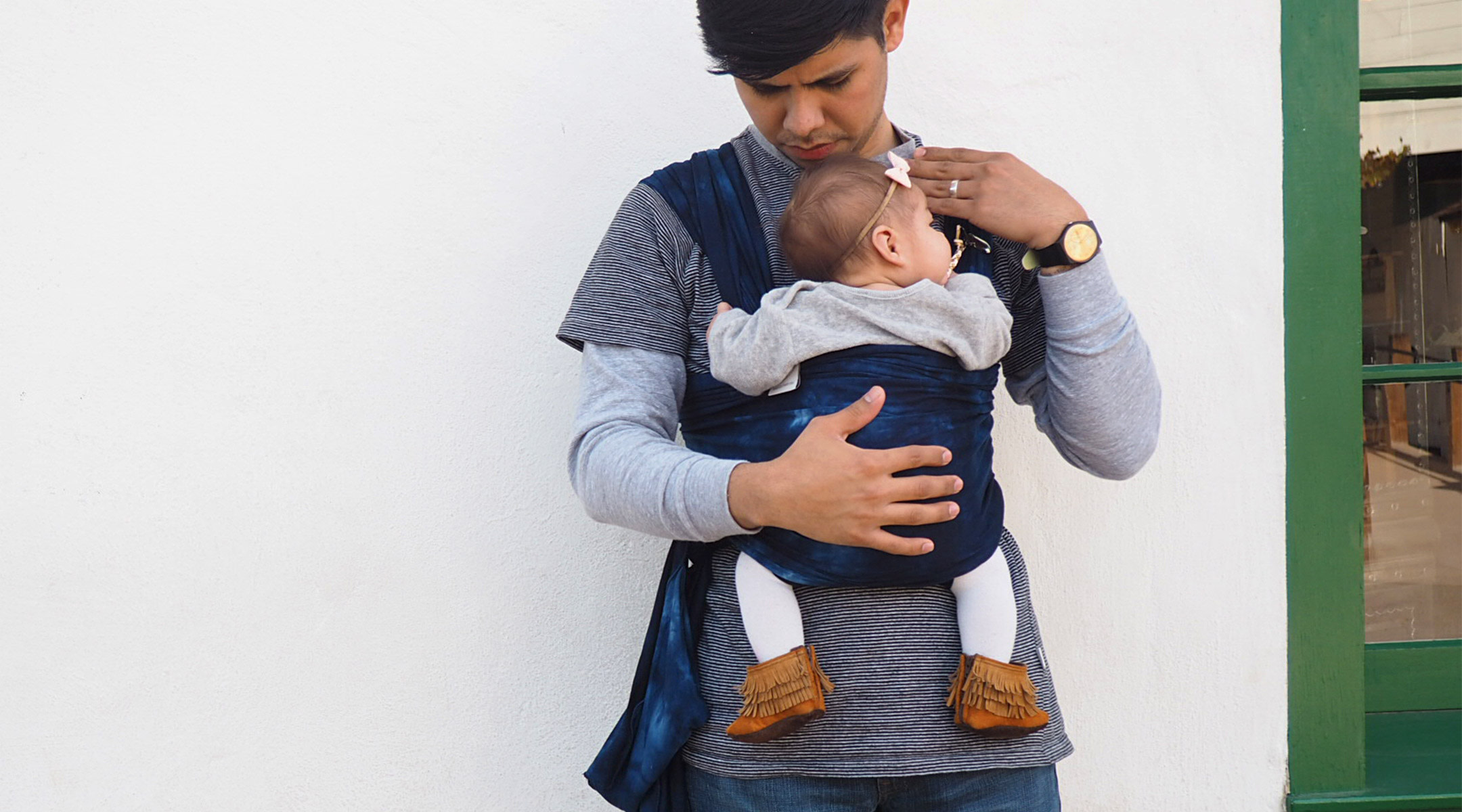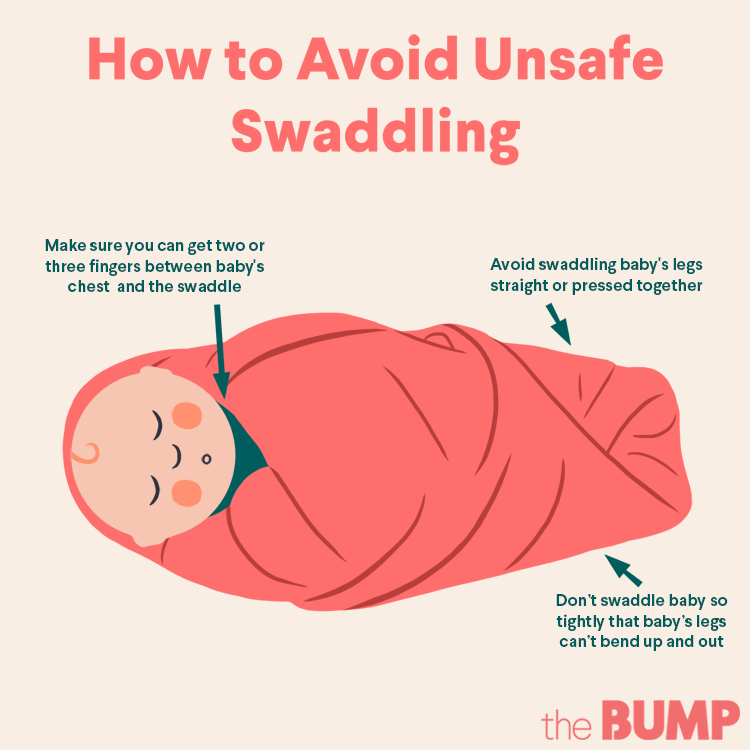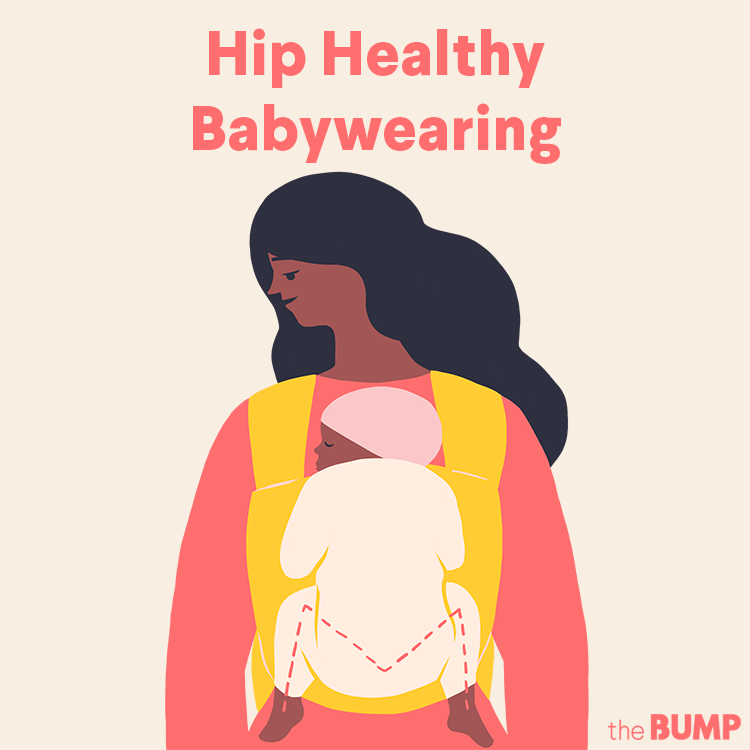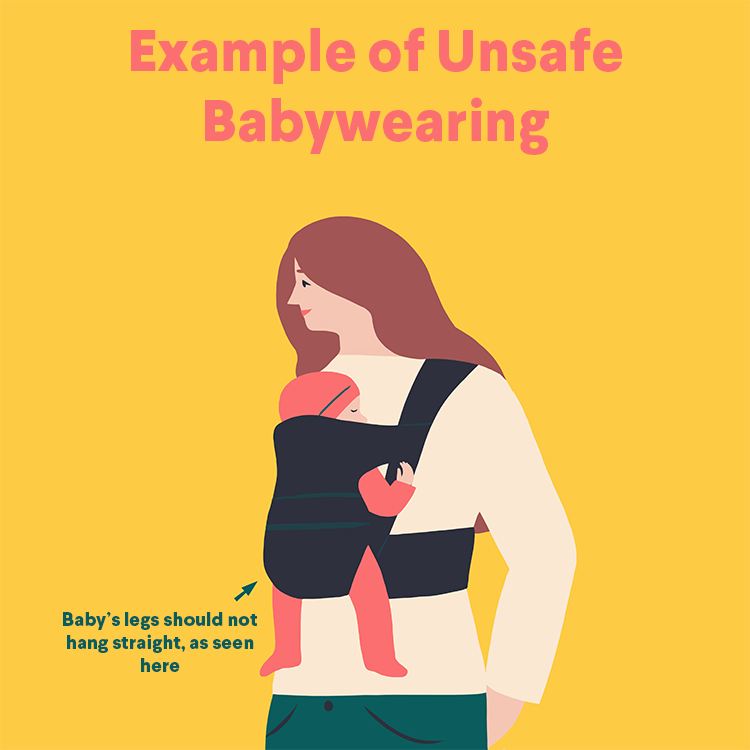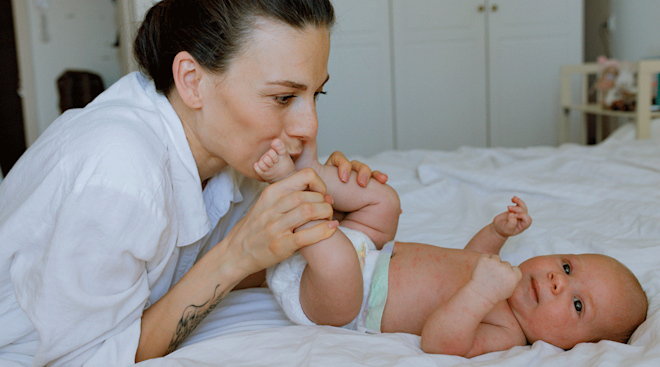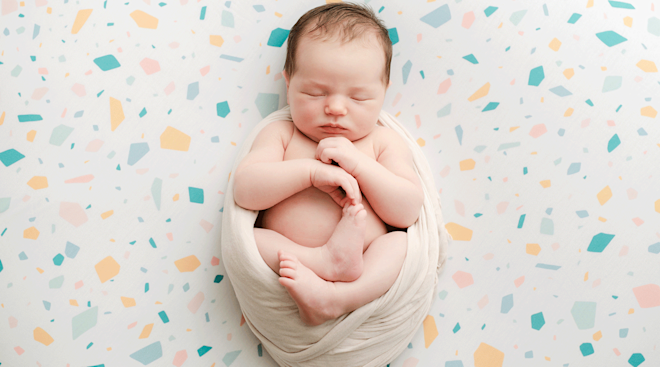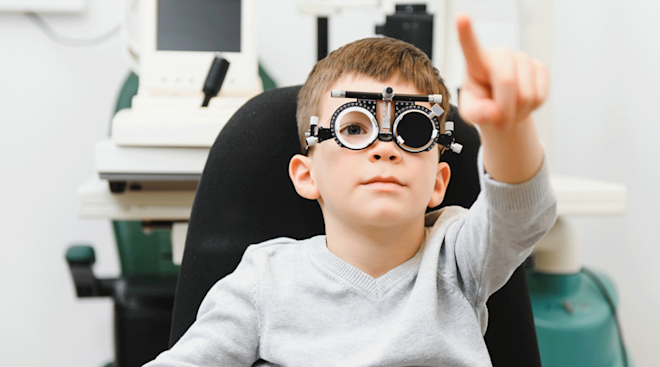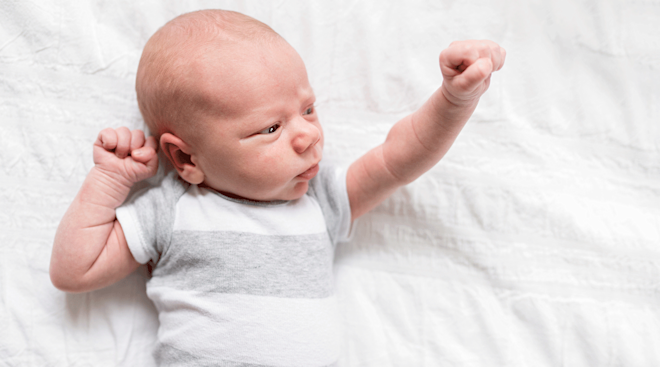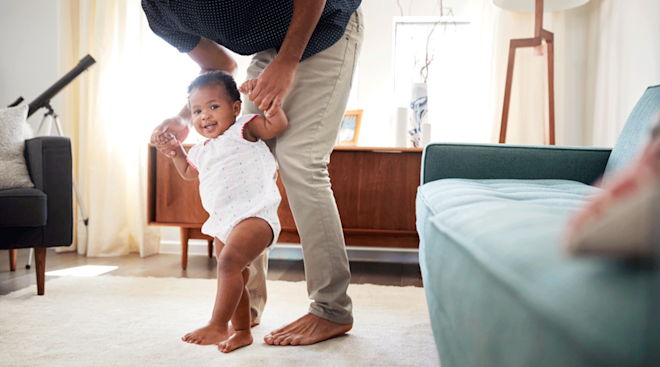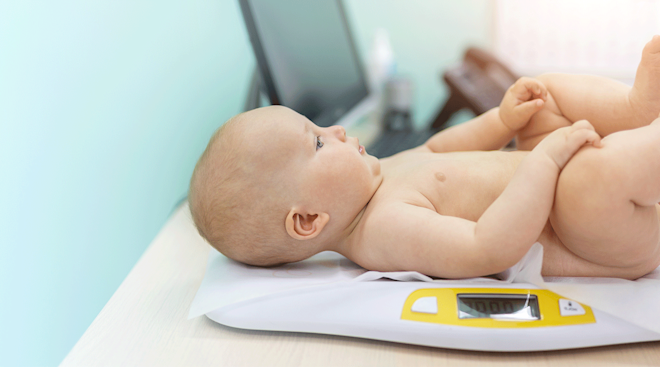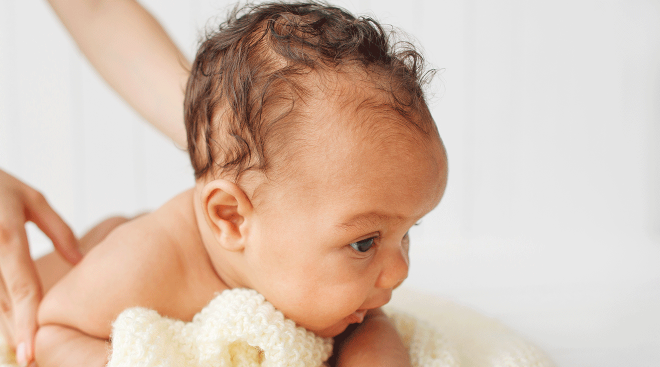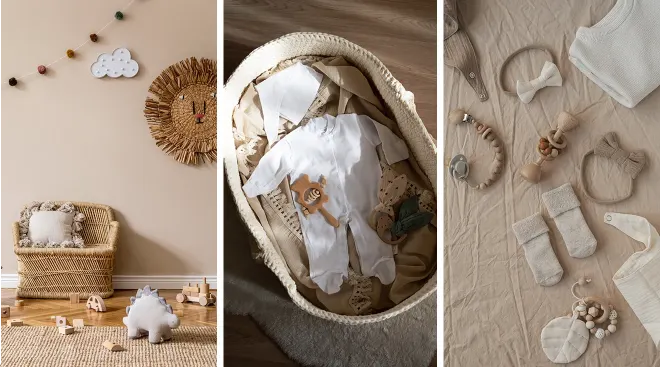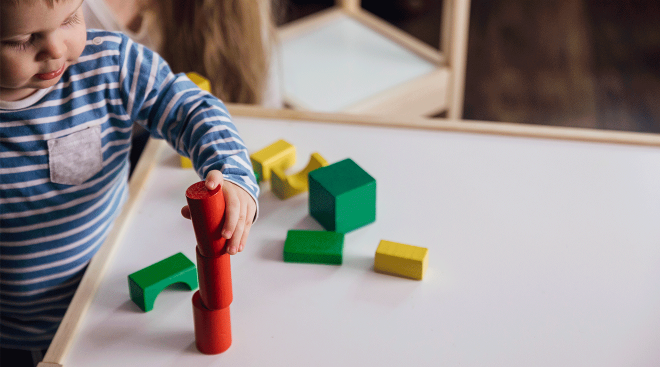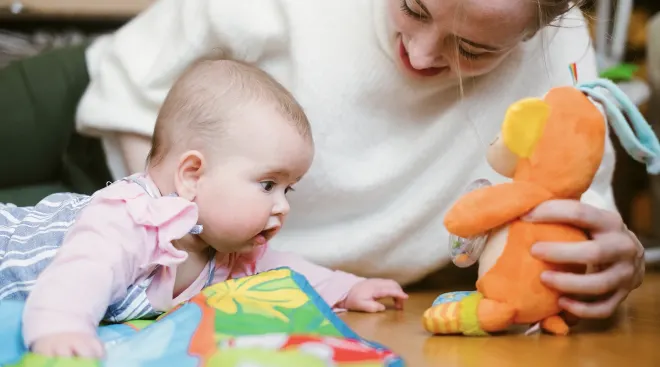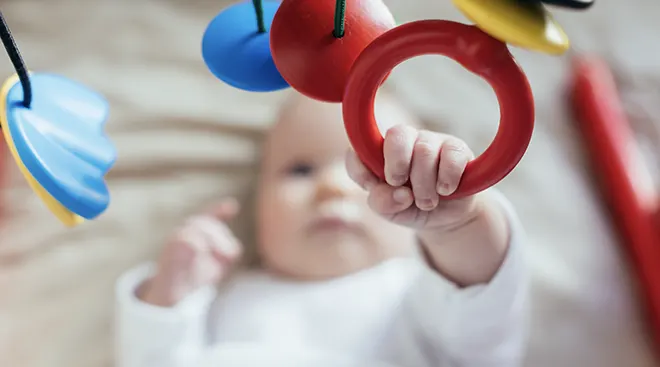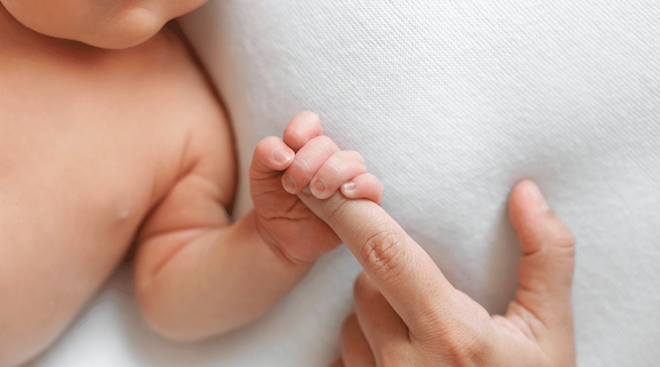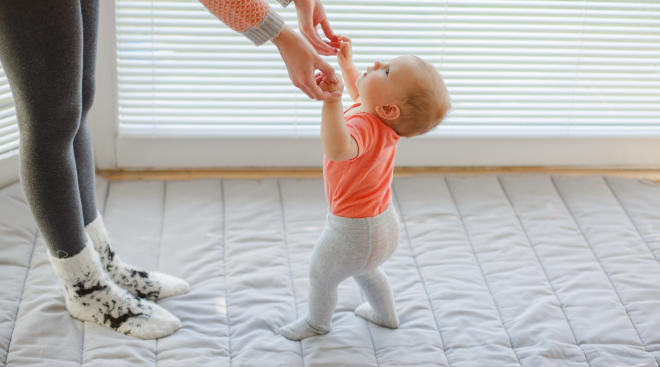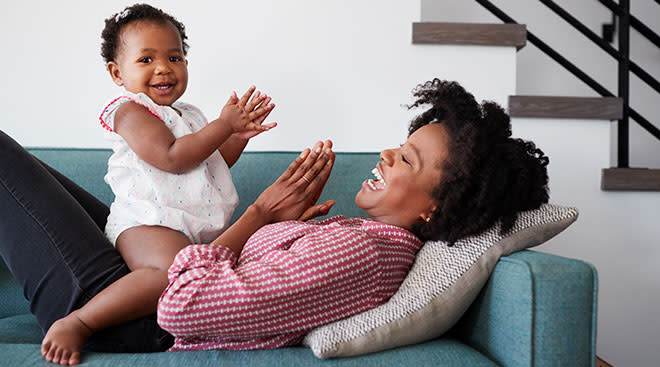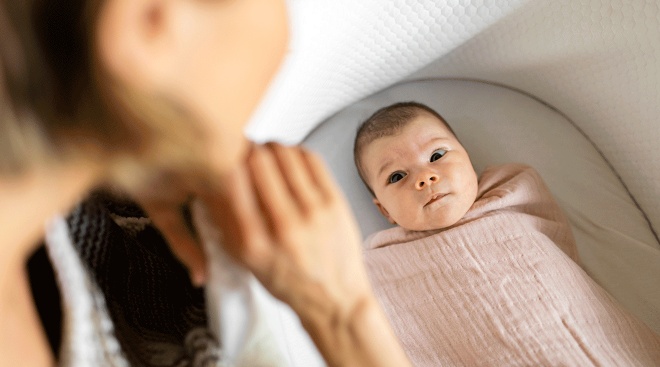Baby Hip Dysplasia 101: What It Is and How to Avoid It
When Lauren Parr found out that her newborn girl had hip dysplasia, the news didn’t initially sink in. “The nurse first told us, but I had just given birth and there was a lot going on,” she says. It wasn’t until the next day, when doctors took her baby for an ultrasound and confirmed the diagnosis, that the reality of the situation hit her. “We were pretty devastated,” Parr says. “We felt badly for our child and didn’t know if she was in pain. And we didn’t really even know what the diagnosis meant.”
Parr is far from the first parent to feel this way after a baby hip dysplasia diagnosis. After months of eagerly awaiting the arrival of your newborn, finding out your little one’s hips aren’t healthy can be overwhelming, confusing and highly concerning. But the good news is hip dysplasia is a condition that can easily be managed with the proper treatment. Read on for everything you need to know about hip dysplasia in babies—and how to properly swaddle and babywear to protect baby’s hips.
Healthy hips operate similarly to a ball and joint—the “ball” end of the leg bone (called the femoral head) fits firmly into the pelvis bone’s socket. But when baby is born with infant hip dysplasia, this ball is loose and can easily dislocate, moving either partially or fully out of the socket.
Baby hip dysplasia is a frequent diagnosis, says Charles T. Price, MD, a pediatric orthopedist in Orlando, Florida, and founder of the International Hip Dysplasia Institute. “About one in 500 babies are born with a completely dislocated hip, and one in six are loose-jointed at birth. In fact, it’s the most common abnormality in newborn babies.” So what causes it?
When baby is in the womb, the hip joint is made out of soft cartilage. “It’s sort of like the cartilage in your ear. You can bend it and it doesn’t hurt,” Price says. Baby’s position in the womb can put pressure on these pliable joints, which may cause the ligaments to stretch and the ball to move out of the hip socket joint.
Risk factors for baby hip dysplasia
Baby girl on the way? Know that infant hip dysplasia is significantly more common in females (they account for 80 percent of cases). This could be due to the hormones produced by the mother near the end of pregnancy that allow her ligaments to relax and stretch for the delivery. “These hormones then pass through to baby and makes their ligaments loose, and girls are more affected by these hormones than boys are,” Price says. Other risk factors include:
- First pregnancy
- Large baby
- If someone else in the family has had hip dysplasia
- A baby that’s in the breech position
- A baby that has foot deformities or stiffness in the neck
But risk factors during pregnancy aren’t the only issue. Babies who are born with seemingly healthy hips can develop hip dysplasia later in life. In fact, once baby is born, incorrect swaddling or babywearing can also lead to hip dysplasia. (See tips for hip-healthy swaddling and babywearing, below.)
Babies are typically examined for hip dysplasia soon after birth, but not all cases can be detected at this point, says Kevin E. Klingele, MD, chief of orthopedics at Nationwide Children’s Hospital in Columbus, Ohio. That’s why it’s important to be on the lookout for signs of hip dysplasia in baby as he grows. These include:
• Tight hips. You may notice your child’s legs don’t flop out to the side during diaper changes due to a limited range of motion.
• Asymmetry. Babies with hip dysplasia may have one leg that’s longer than the other. They may also have asymmetrical buttock creases.
• A limp. This may become noticeable once the child starts walking.
The good news is, with the exception of rare cases, baby hip dysplasia is highly treatable and doesn’t cause babies discomfort, Price says. In fact, in some babies, hip looseness clears up on its own. However, if the condition isn’t addressed, hip dysplasia can damage the cartilage in the hip joint and increase the risk of osteoarthritis later in life—something that can be painful.
If your child’s hip dysplasia is diagnosed at birth, baby’s doctor will likely correct the abnormality using a positioning device like the Pavlik harness, a soft brace that holds the hips in a position to keep the thigh bone in the hip socket. The harness is typically worn for two months, and your pediatrician can show you to change diapers and bathe and feed baby while the harness is on.
If the harness doesn’t successfully fix the problem, a cast or surgery may be required. Surgery is also more common for babies older than 6 months.
Swaddling—a technique that involves wrapping baby snuggly in a blanket—can help calm a fussy or crying newborn and encourage sleep. But a too-tight swaddle can lead to hip trouble.
To safely swaddle your little one, avoid straightening and then tightly wrapping baby’s legs. This can cause the hip to dislocate or lead to hip dysplasia. Instead, make sure baby’s legs can bend up and out at the hips once she’s swaddled. According to the American Academy of Pediatrics, you should be able to get at least two or three fingers between your infant’s chest and the swaddle.
Good news for parents who use a sling, carrier or other device to wear baby: Not only does babywearing free up your hands so you can tackle your to-do list with baby in tow, but using a carrier could also be good for your little one’s hips.
Research has found that there’s a lower rate of infant hip dislocations in cultures where babywearing is prevalent. This could be because babywearing devices hold the infant in an M position with legs wide and knees bent slightly above the waist—a shape that’s good for hip health. When looking for baby carriers, make sure whatever sling or carrier you choose holds baby in this M position to avoid baby hip dysplasia.
Published September 2018
Please note: The Bump and the materials and information it contains are not intended to, and do not constitute, medical or other health advice or diagnosis and should not be used as such. You should always consult with a qualified physician or health professional about your specific circumstances.
Plus, more from The Bump:
Navigate forward to interact with the calendar and select a date. Press the question mark key to get the keyboard shortcuts for changing dates.
































